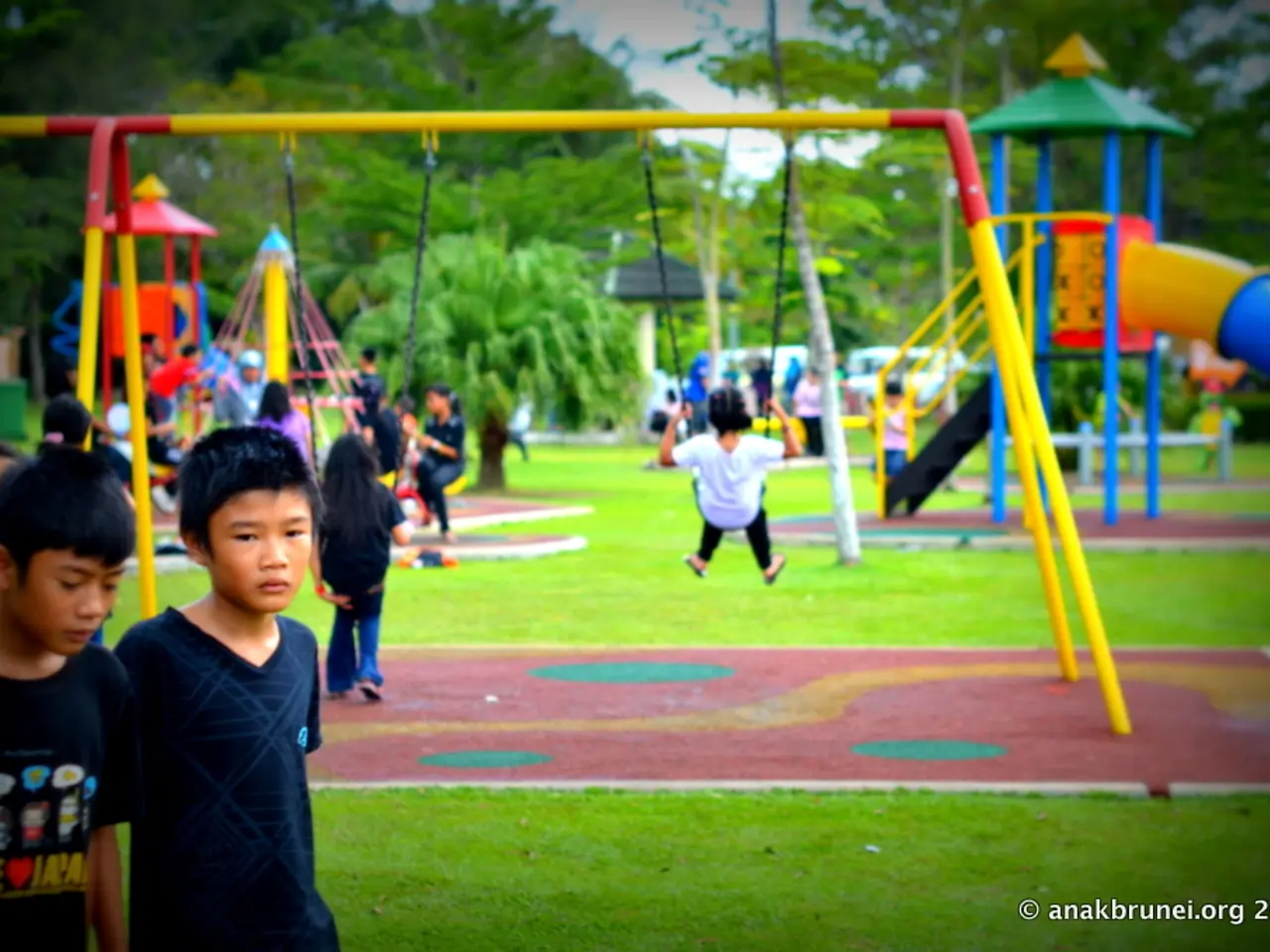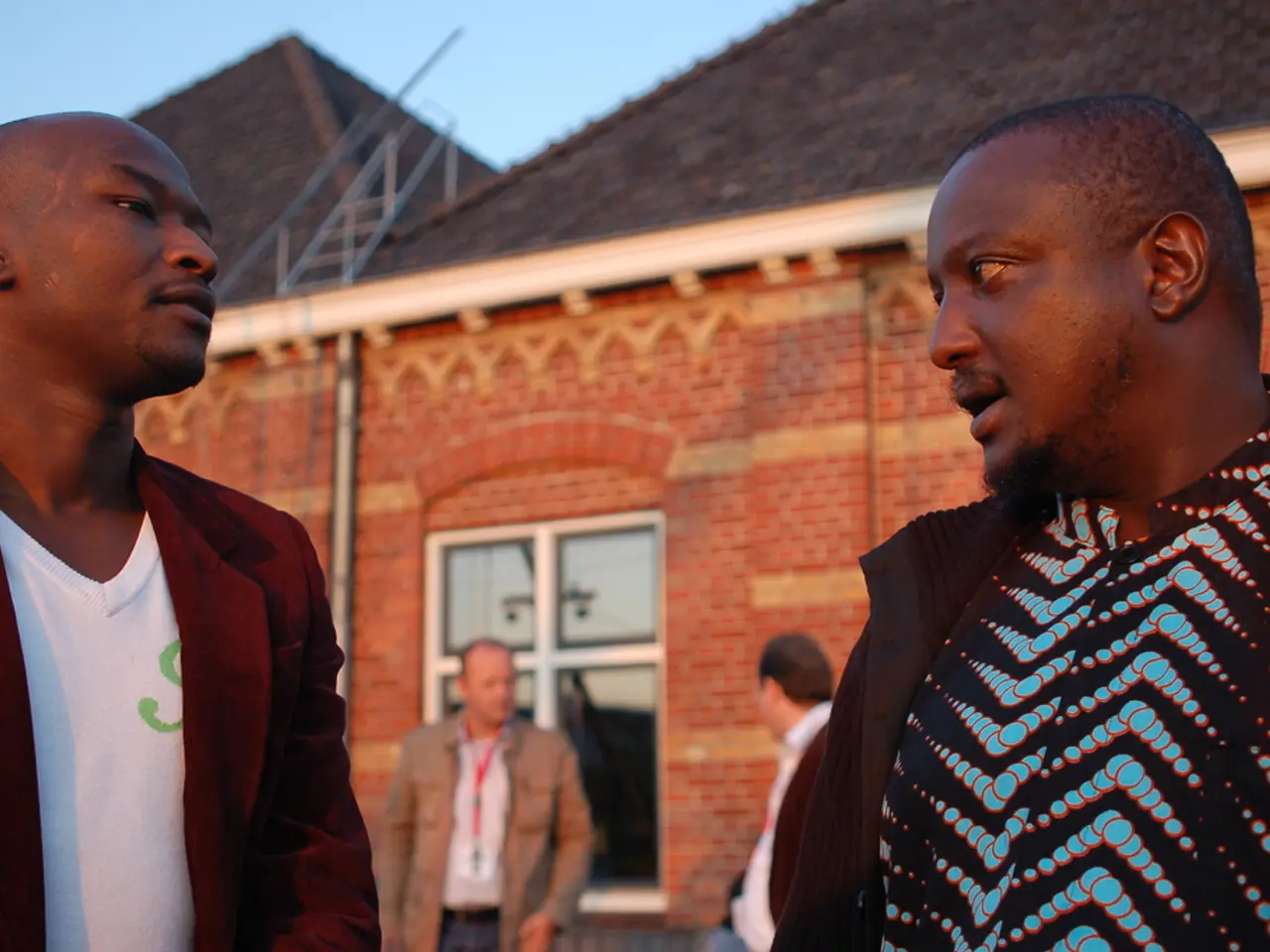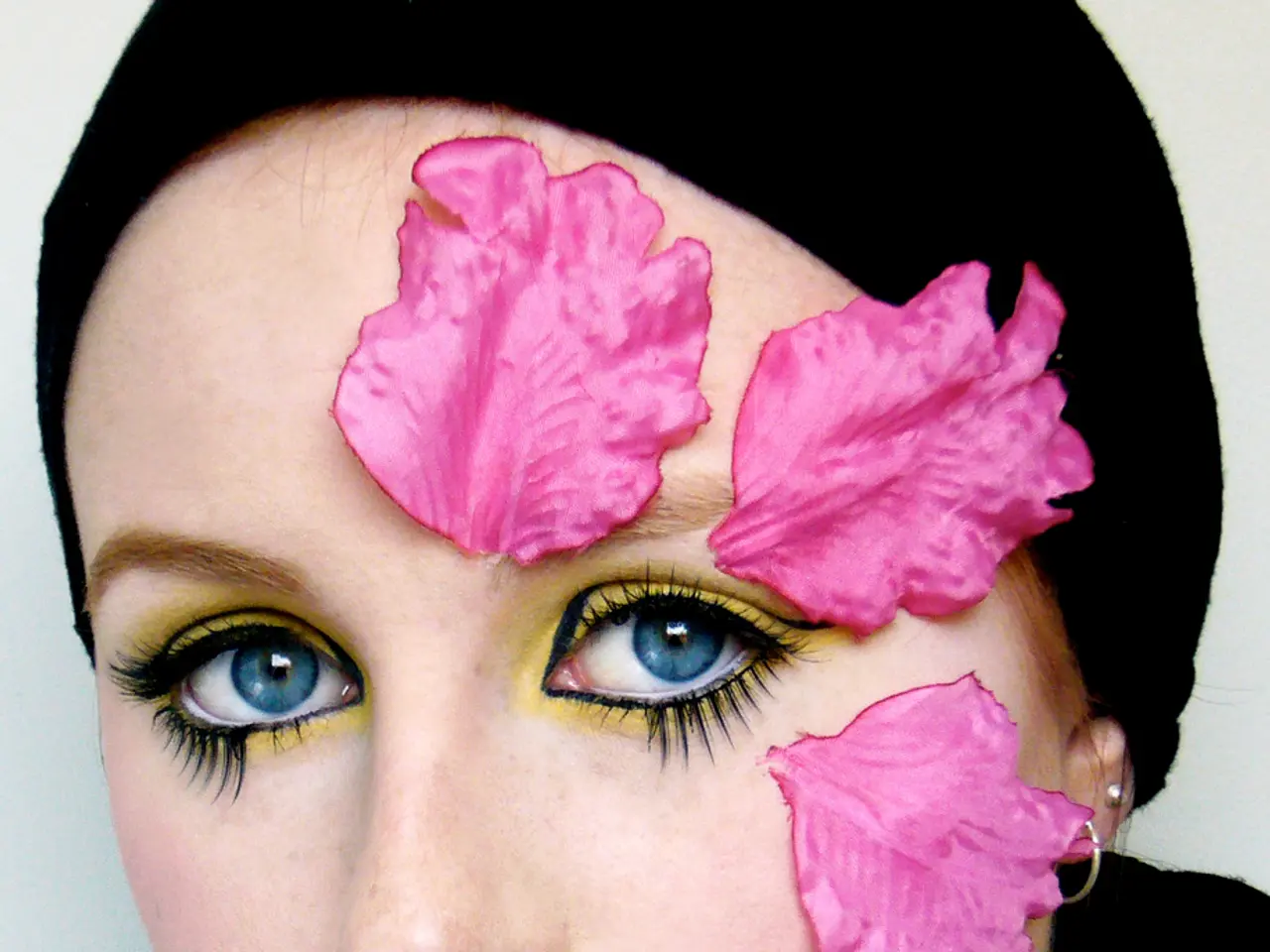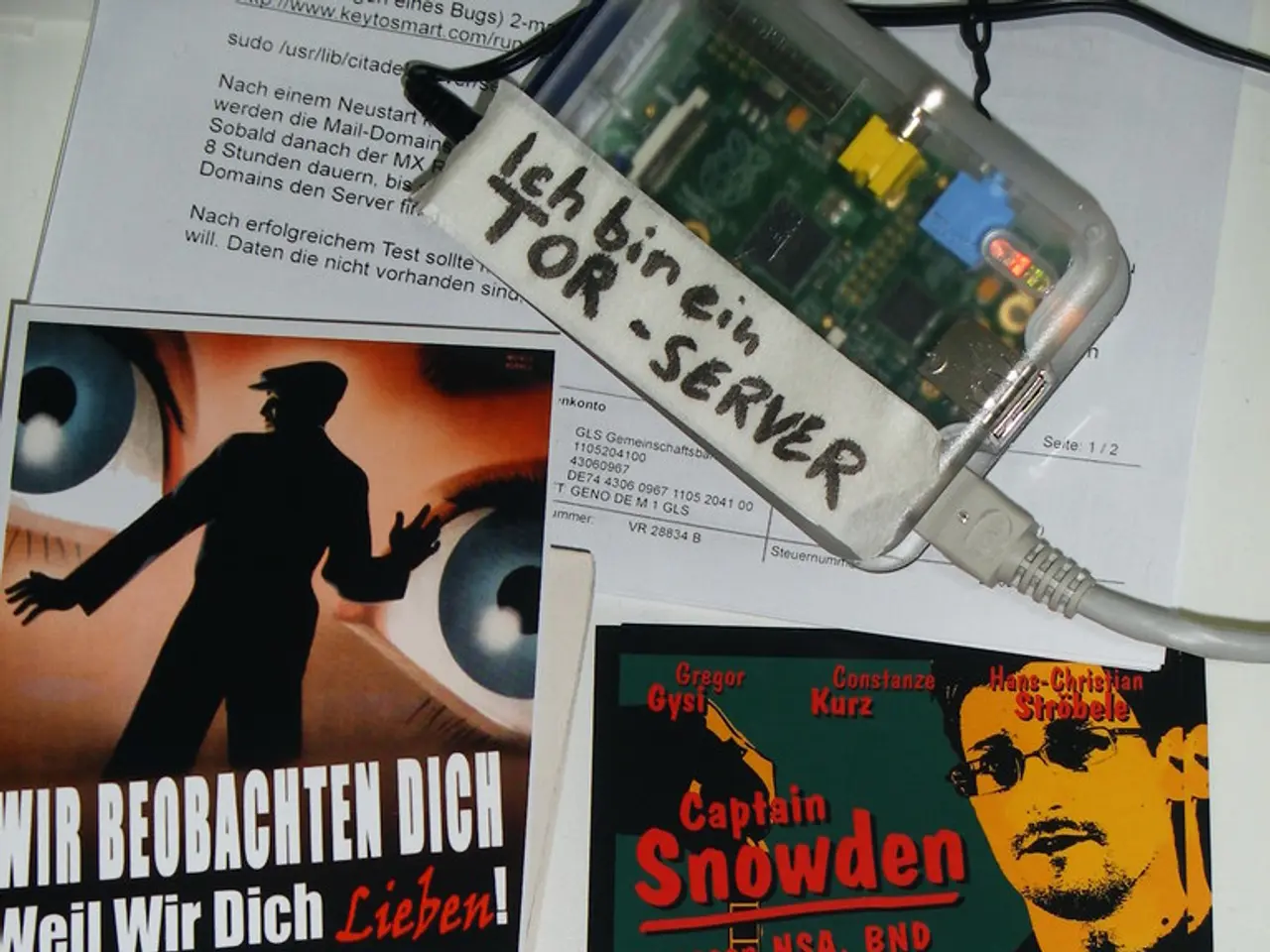Activities for Summer: Preschool Fun and Academic Growth
Summer is a great time for children to learn and have fun! Here are some engaging activities that combine education with play.
Vinegar Volcanoes
A classic science experiment, vinegar volcanoes, teach children about acid-base reactions and gas release. To create a vinegar volcano, you'll need a large bowl, a drinking glass or small bowl, an empty 20 oz. pop bottle, 1 tablespoon baking soda, 2 tablespoons water, 5 drops dish soap, 1/4 cup vinegar, and red food coloring (optional).
Place the glass or small bowl inside a large bowl. Mix the water, baking soda, and dish soap, adding a drop or two of red food coloring (optional). Add vinegar to make the volcano erupt, and stir the cup to add more vinegar for subsequent eruptions.
Kazoos
Making or playing kazoos encourages musical creativity and explores sound production and vibration. To create a kazoo, you'll need an empty toilet paper roll, rubber band, wax paper, and crayons or markers. Cover one end of the toilet paper roll with wax paper, stretch the rubber band around the tube, decorate the kazoo with crayons or markers, and test it by placing the open end of the toilet paper roll lightly against your mouth and humming or singing.
Leaf Rubbings
Using crayons and paper to rub leaves lets children explore nature textures while developing fine motor skills and observational abilities. To do leaf rubbings, you'll need several different leaves and paper. Examine the shape and color of leaves, match leaf shapes to trees, and use a book from the library to learn about different tree types (if necessary).
Listening Hikes
Going on walks focused on identifying natural sounds sharpens listening skills, mindfulness, and connects children with nature. A listening hike involves taking a child on a quiet walk to listen for sounds like insects, birds, wind, cars, etc. This activity can be conducted in various locations such as woods, parks, or around home or apartment.
TV Cartoons with Educational Content
Watching shows like those from PBS KIDS inspires creativity and learning about animals, science, and storytelling in an engaging format.
Additional related educational summer activities include:
- Water play: Using splash pads or water tables provides sensory fun and understanding of water flow and physics.
- Nature walks and scavenger hunts: Collecting leaves, spotting birds, or a five-senses scavenger hunt fosters curiosity and observation skills.
- Sidewalk chalk art: Drawing outside develops fine motor skills and creativity.
- Bubble chasing: Helps develop coordination and motor skills.
- Building a dam with household materials to explore water flow and basic engineering principles.
- Cloud storytelling: Lying on the grass and imagining cloud shapes helps build imagination and language skills.
- Roasting marshmallows: Encourages social interaction and can lead to discussions about fire safety and cooking science.
These activities blend hands-on play with educational opportunities, keeping kids engaged and learning during summer. Many of them require minimal materials and can be done indoors or outdoors depending on weather and space. For structured guidance and printable resources, free summer activity books from PBS KIDS offer many ideas suitable for various ages.
This article was edited by Rose Fisher Merkowitz, Kathy L. Jelley, and Scott Scheer. The article suggests checking with local libraries for books and resources on summer activities for children. However, it does not provide information about any specific summer programs for school-age children offered by libraries.
- A fun way to understand family-dynamics and relationships is by hosting a storytelling session during a campfire event, sharing personal anecdotes and learning about each other's lives.
- To foster learning and self-development, parents can encourage their children to read books from the library related to home-and-garden topics, focusing on gardening techniques, interior design, and home improvement skills.
- As part of their education-and-self-development, children can learn about different forms of art and create their own homemade crafts, such as jewelry, painted rocks, or pottery, using materials found at home or from recycled items.




